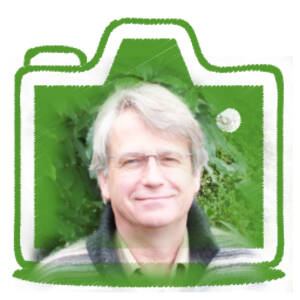He Tangata
A popular saying in New Zealand that is borrowed from a Māori “whakatauki” (ancestral saying) goes “He aha te mea nui o te ao? He tangata, he tangata, he tangata”. It translates literally as: “What is the most important thing in the world? It is the people, the people, the people”. Of course that means families, friends, communities, nations and cultures – the key lovers, collaborators, teachers, producers, nurturers and supporters that keep us and the world going through thick and thin.
There is an incredible comfort in knowing and being with those friends that have shared life’s journey from a very early age. My blip today is a photo of Hans Jorgen Anderson who interrupted his holiday to Dunedin to come and help plant oioi (jointed wire rush) at Te Hakapupu estuary today.
Hans and his siblings (Troels, Astrid, Gertrude) have been an important part of our family history and lives for longer than any other people. My father (Knud Moller), and theire father (Hans Christian Andersen) trained at Vet school in Copenhagen in the 1940s. Their family emigrated from Denmark to New Zealand in the same year as our family (1955). Our family get-togethers and shared holidays were short episodes of Danish time, food, card games, debate and humour. It was important to get our historical bearings, to be reminded of our roots, compare notes and share their sadness and joy about what we left behind in Denmark and encountered here in New Zealand. Emigrants need each other for the transition to “becoming native” to a new place!
This personal story connects to a much bigger co-dependence on each other to look after our shared environment. About 10 years ago we interviewed a series of Māori kaitiaki (environmental guardians) that aspired to restore seabird forests along the coasts of North Island, New Zealand. They wanted to restore the life-force of the forests (think ecological restoration), create jobs for their young people, replenish a food source, create ecotourism opportunities, and to rekindle their traditional knowledge transmission. But front and centre of their goals was to rekindle kinship ties – to join together in ecologically restoring their forests and governing them in perpetuity. We also interviewed several Pākehā (Non-Māori) environmental guardians and managers from government agencies. Their goals were almost entirely focussed on ecological restoration. Here is the nub of the difference between the “environmental restoration” and “biocultural restoration” paradigms. The latter starts and works with the people to realise, amongst many other connected goals, including ecological restoration. The classic Eurocentric ecological restoration paradigm separates people from environment and concentrates just on the latter.
Today Hans Jorgen Andersen and his soulmate, Susan Stokes, showed up to help restore the Te Hakapupu estuary. We and they enjoyed getting down and dirty together to plant in the sodden saltmarsh meadow. The work seems much less onerous when friends and family reconnect to care for their local environment. He tangata, he tangata, he tangata!

Comments
Sign in or get an account to comment.


